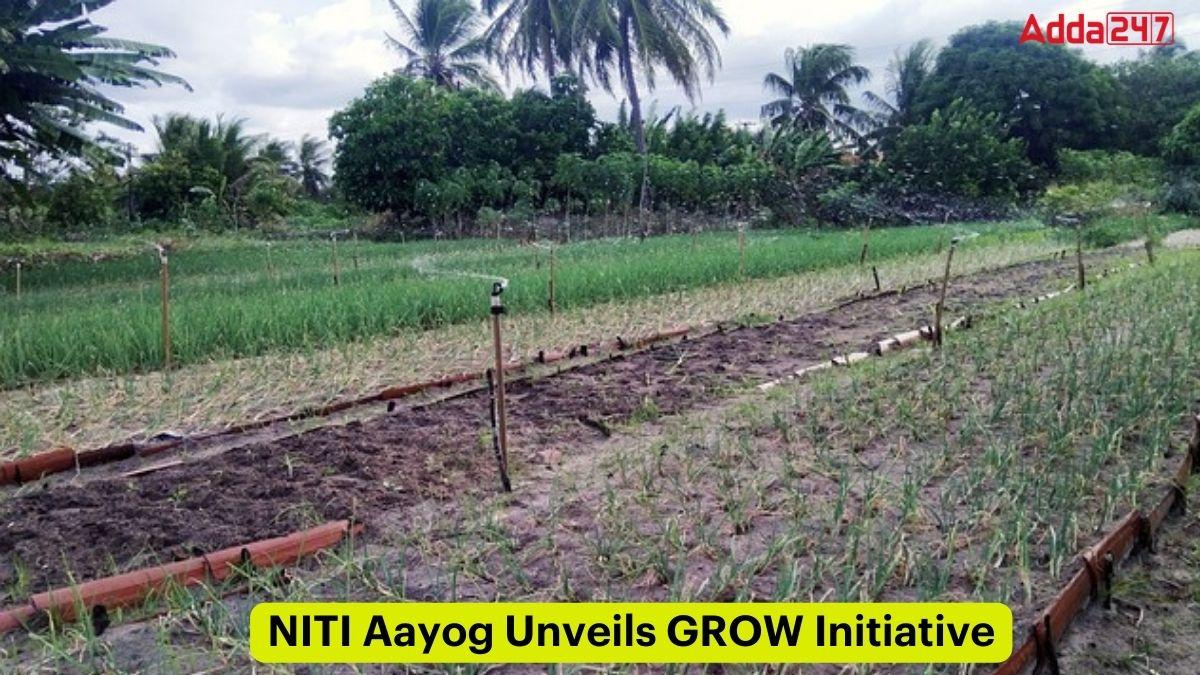In a significant step towards environmental conservation and sustainable land management, NITI Aayog, the premier policy think tank of the Government of India, launched the Greening and Restoration of Wasteland with Agroforestry (GROW) report and portal. This groundbreaking initiative aims to transform India’s underutilized wastelands into productive agroforestry zones, leveraging state-of-the-art remote sensing and Geographic Information Systems (GIS) technologies for a comprehensive analysis at both state and district levels.
Harnessing Technology for Environmental Restoration
The GROW initiative utilizes advanced remote sensing and GIS to assess the suitability of agroforestry practices across all districts in India. The introduction of an Agroforestry Suitability Index (ASI) marks a significant advancement in national-level prioritization, employing thematic datasets to guide and inform greening and restoration efforts. This analytical approach provides crucial insights to government departments and industries, enabling targeted and effective environmental conservation strategies.
Promoting Agroforestry through the GROW Portal
A central feature of the GROW initiative is the launch of the “Greening and Restoration of Wasteland with Agroforestry (GROW)-Suitability Mapping” portal on ‘Bhuvan’. This portal serves as a vital resource, offering universal access to state and district-level data, and is expected to play a pivotal role in advancing agroforestry initiatives by government entities. By making this data readily available, the portal facilitates informed decision-making and strategy development for the conversion of wastelands into productive land.
The Potential of Agroforestry in India
Agroforestry currently spans 8.65% of India’s total geographical area, covering approximately 28.42 million hectares. The GROW report highlights the untapped potential in transforming wastelands into vibrant agroforestry zones, contributing to India’s commitments to restore 26 million hectares of degraded land by 2030 and create an additional carbon sink capable of sequestering 2.5 to 3 billion tonnes of CO2 equivalent.
Prof. Ramesh Chand, Member of NITI Aayog, emphasized the critical importance of promoting agroforestry for reducing the import of wood and wood products, mitigating climate change through enhanced carbon sequestration, and optimizing the use of arable land. This initiative aligns with the national agenda for sustainable development and environmental stewardship.
A Policy-Driven Approach to Agroforestry
The Union Budget of the Government of India for the fiscal year 2022-23 underscored the importance of agroforestry and private forestry, reflecting a policy-driven approach to promoting these practices. India’s leadership in agroforestry is further evidenced by its pioneering National Agroforestry Policy introduced in 2014, aimed at enhancing productivity, profitability, and sustainability through agroecological land use systems.
Agroforestry integrates trees, crops, and livestock, offering a holistic solution to challenges related to food security, nutrition, energy, employment, and environmental conservation. This approach is in harmony with global commitments such as the Paris Agreement, Bonn Challenge, UN Sustainable Development Goals, United Nations Convention on Combating Desertification (UNCCD), Doubling Farmers’ Income initiative, and Green India Mission.
Important takeaways for all competitive exams:



 Dr. Mansukh Mandaviya Launches ‘eShram...
Dr. Mansukh Mandaviya Launches ‘eShram...
 UDAN's 8th Anniversary: A Transformative...
UDAN's 8th Anniversary: A Transformative...
 Mission Basundhara 3.0 Assam’s Push fo...
Mission Basundhara 3.0 Assam’s Push fo...

